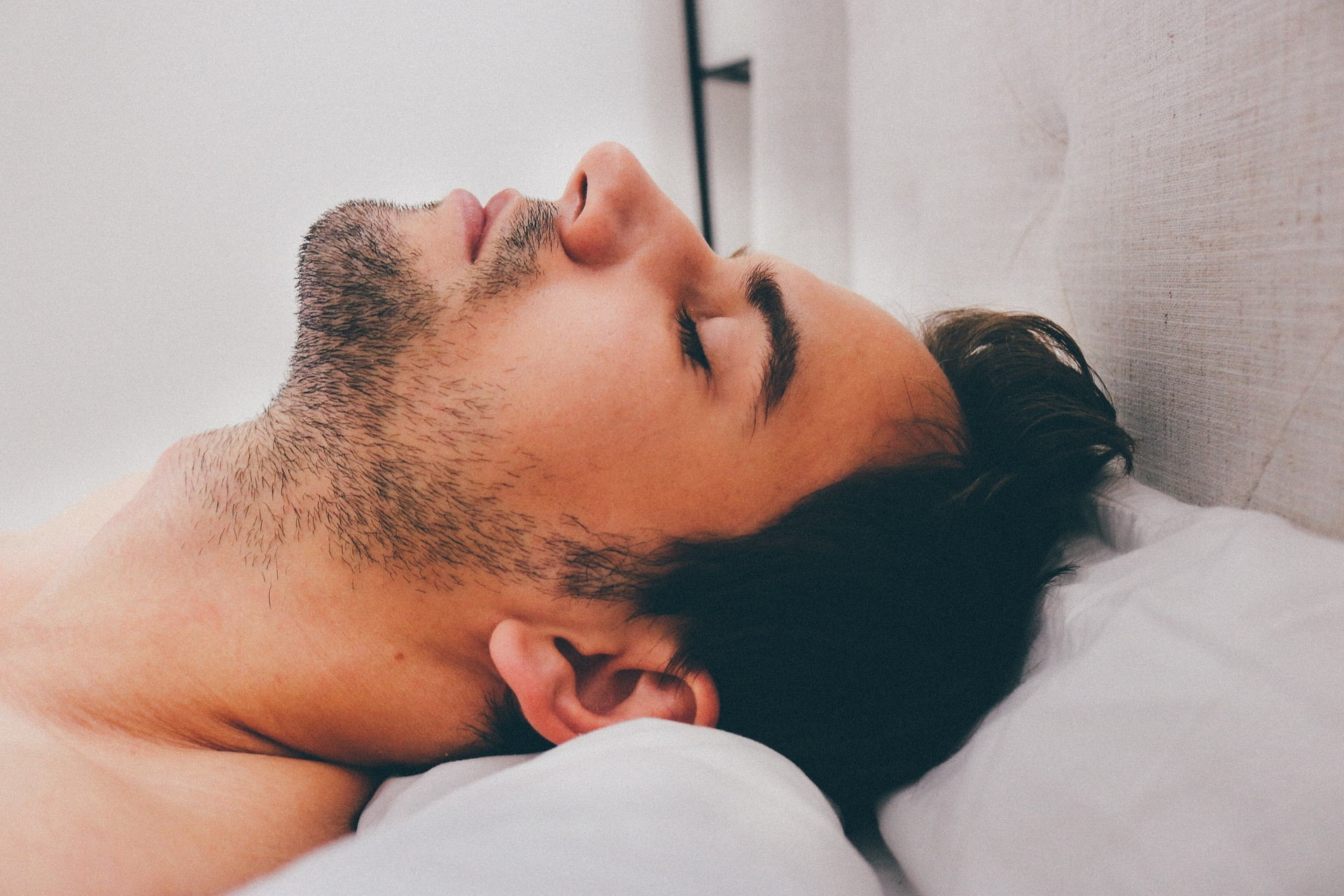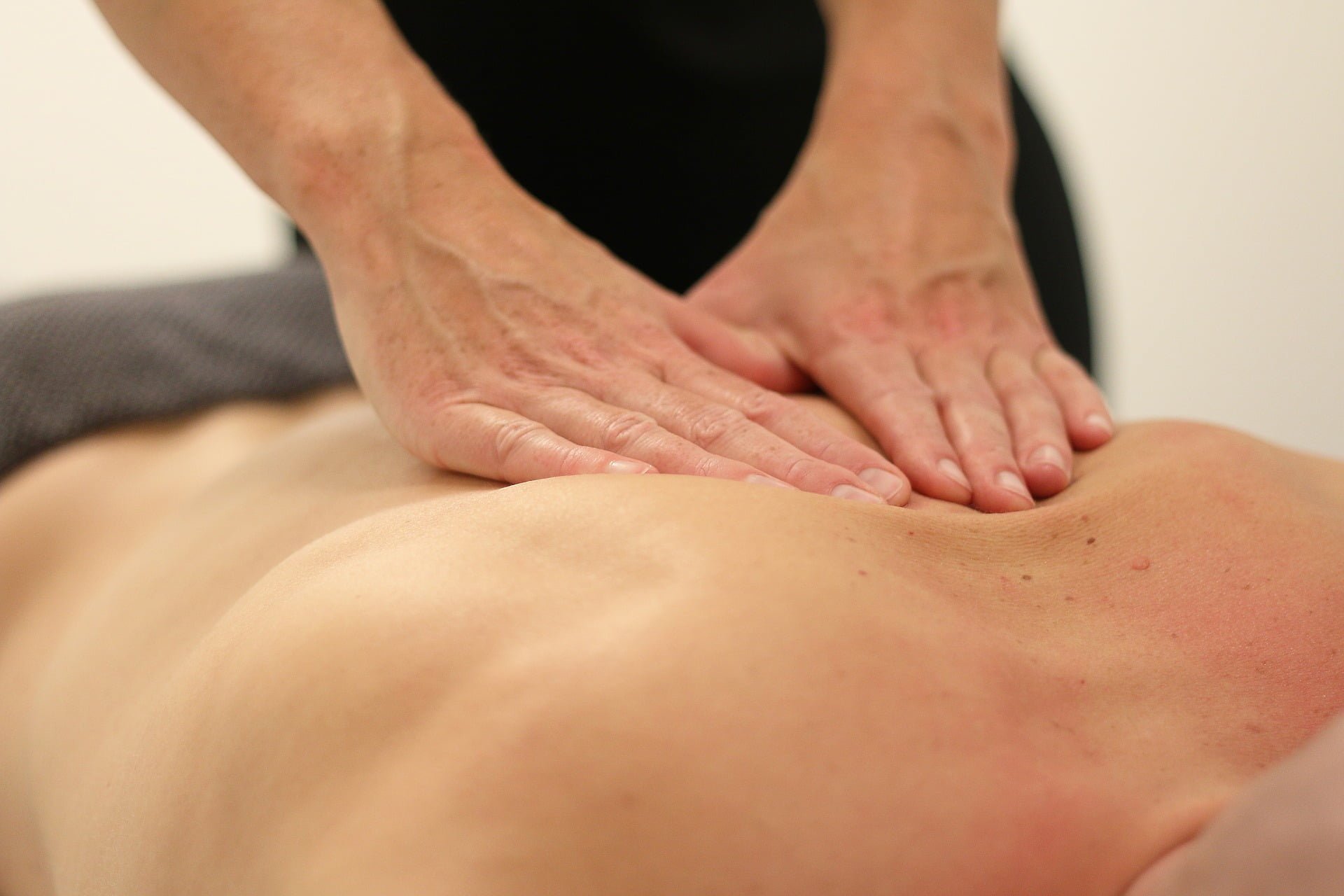Its time! Time to test yourself, reassess your improvements over the last year and set some new figures that will drive your programming for the next year.
With the announcement of the first 2 WODs, there are going to be quite a few sore bodies with the theme so far, being long chipper workouts of couplet and triplet movements.
These style of WODs are notoriously the hardest to recover from and repeat, unlike a 1RM clean that you might be able to squeeze in again over the next week. The lactic builds up, the legs and lungs are burning and DOMS (Delayed onset muscle soreness) means that even getting up off the toilet is a challenge. All with the knowledge that in a few days, yet another challenge will announced.
So what’s the best way to get the body back up and running? Here’s Physio Andrew’s fool-proof recovery plan:
- Eat!
Food is fuel; it’s a cliché that could not be more true. What you put into your body, will be the building blocks to repair and restore our energy systems. Now when I say eat, I mean carbs, fats and proteins. We use all of these with high intensity workouts: carbs to refuel the glycogen stores; proteins to assist in proliferation of muscle cell repair; and fats to maintain our neural connections. There is a small window of time, about 30-40mins, after we exercise that we have an increased capacity to absorb these nutrients, so post workout shakes and meals can be the edge you need to get the bodies recovery up and running.
- Sleep!
This is the most neglected part of recovery, in my opinion. There are countless studies that show that 8hrs of sleep, assist our bodies repair processes. This not only includes our muscular systems, but neural connections in our brain. If we miss out on a good nights sleep our bodies don’t repair as quickly, or as well and our fatigue levels increase. So, get your head on a pillow and get some shut eye if you want to be moving well the next day.
- Move!
The days of bed rest are gone. It has been categorically shown to NOT assist in recovery, in fact it delays it. Light exercise, like gentle mobility work, swimming, a jog or walk, are some of the easiest solutions to post workout soreness. It allows circulation of fresh nutrients into the muscles, aligns and lengthens the microtears formed through exercise and reduces adhesions of our fascial tissue to our muscles, reducing stiffness. So get off your butt!
- Follow the acute soft tissue injury guidelines
DOMS is a form of muscle injury, and can be treated as much. Relative resting from high intensity exercise, ice, compression and elevation of the sore limbs, are all useful strategies to feel better in the days post injury. Using units like the Game Ready, combine compression and cryotherapy to aid recovery. Using foam rollers to help assist circulation to the affected muscle groups can also be useful. Remedial massage to flush out the bi-products of exercise is another great way to feel better and recover quicker.
As always, if you think you have done something a little bit more than just normal post exercise soreness, drop your Physio a line and get it assessed.
Written by, Andrew Alexander
Physio @ Physio Connex



